Old Fashioned Sourdough Bread
About
A sourdough bread consists of two recipes: one for the starter and one for the bread. If you have never made an authentic sourdough bread before, understand you need begin a few days in advance. A sourdough starter takes 3 – 5 days to ferment. The bread also takes more time compared to conventional baking. It may need to rise three times and can take 12 hours or more to make. The end product will be well worth the extra time and effort. Sourdough bread not only tastes delicious, it is also more digestible than regular bread due to the fermentation process.
Yield: 2 loaves
Sourdough Starter
| Potatoes | 3 - 4 | |
| Water | as needed | |
| Flour | 2 - 2 1/2 cups | |
| Sugar | 1 - 2 Tbsp |
Right: Jar of sourdough starter ready for baking bread. / spurekar photo / Wikimedia Commons
Directions
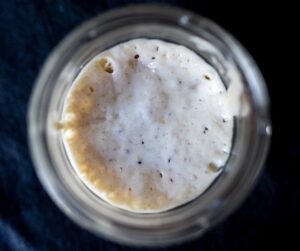
- Boil potatoes in a non-metallic pot until they disintegrate, then cool them to room temperature without draining.
- Stir vigorously to make a gruel of the softened potatoes, adding water if needed to make about 2 cups of liquid.
- Combine the potato gruel with flour and sugar in the sourdough pot and mix with a non-metallic spoon.
- The starter should be thick and creamy but not stiff. You can thin it with water or thicken it with flour when necessary. If a few lumps remain, the sourdough bubbles soon will break them up.
- If you need to use your pot for other purposes, transfer contents to a glass bowl.
- Cover the pot or bowl loosely with cheesecloth and set it in a warm place to encourage fermentation.
- When the mixture begins to bubble after a day or two, nourish the sourdough by stirring in another half cup each of flour and water. Add another teaspoon of sugar too, and let the pot stand again.
- The starter is ready to use when it is full of bubbles and gives off a good, clean sour aroma. In temperate climates this usually takes 3 to 5 days. Tips for maintaining your starter are below the bread recipe.
Helpful Hint
Avoid using metal bowls or utensils when working with sourdough. Prolonged contact with acids in sourdough starter will corrode metal surfaces. Bread may be baked in metal baking pans with no ill effect, however.
Sourdough Bread
| Sourdough starter | 1 cup | |
| Lukewarm water 2 cups | 2 cups | |
| All-purpose flour, divided | 5 to 7 cups | |
| Sugar | 1/4 cup | |
| Cooking oil | 1/4 cup | |
| Salt | 2 tsp | |
| Soda | 1/2 tsp |
Directions
- In a large non-metallic bowl, combine starter, water and 2-3 cups of the flour. Stir in sugar, oil and salt.
- Cover with plastic wrap and let the sponge rise in a warm place until doubled, about 6-8 hours.
- Stir sponge down, sprinkle evenly with soda and add enough of the remaining flour to make a dough stiff enough to clean the sides of the bowl. Turn out onto a floured board and knead until smooth and elastic, about 10-15 minutes. Place in an oiled bowl.
- Lightly oil top of dough, cover with a damp towel and let rise in a warm place for 3-4 hours.
- Punch down, turn out onto floured board and knead firmly about 10 times. Divide dough in half and form into 2 loaves.
- Place in two greased 9″ x 5″ loaf pans and let dough rise until it reaches to the tops of the pans, about 3 to 5 hours.
- Bake in a preheated 375 degree oven for 35 to 40 minutes or until medium brown and done in the center.
Helpful Hint
If you find yourself wanting to make a sourdough bread but you’re a little short on time, you can add 1/4 ounce of dry yeast to the warm water in this recipe. This will reduce the amount of time needed for rising. While the bread won’t be a completely authentic sourdough, it’s a small compromise that can hurry the process along.
Maintaining Your Starter
- Sourdough maintenance will soon become automatic. Leave at least a half cup of starter in your pot after measuring out what you need for a recipe. Rebuild your sourdough by adding equal amounts of flour and water to the pot, stirring in 1/2 cup of each for every cup of starter used. After a few hours in a warm place, the starter will be bubbly again.
- Store your replenished pot in the refrigerator, covered, but not sealed shut, and use it at least once every two weeks. For longer storage it can be frozen. Cold will make the starter sluggish. Revive it the night before it’s needed by stirring in a little flour and warm water and letting the pot stand at room temperature while you sleep. Add an occasional spoonful of sugar if your starter needs perking up.
- A clear liquid forming on top of your pot is natural; just stir it back in. If mould forms on the starter or if it turns colour, toss it out and begin again. Occasionally you should transfer the starter to another container while you scrub your pot or bowl.
- An additional reminder: always use non-metallic bowls and utensils when working with sourdough.
Source
Sourdough information is from Early American Life magazine, Feb., 1984
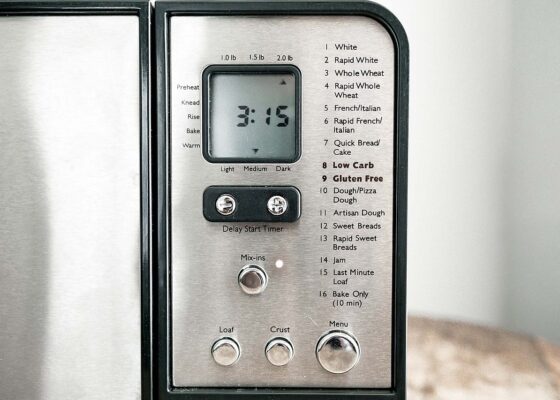
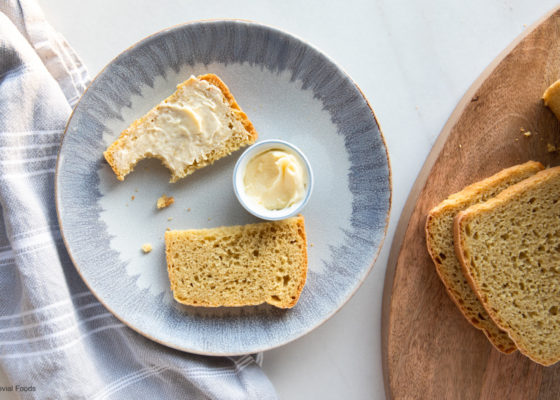

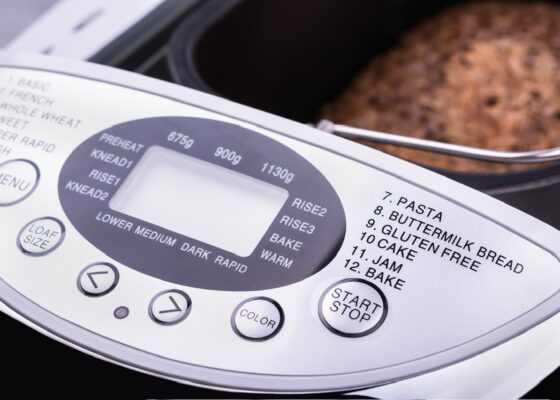
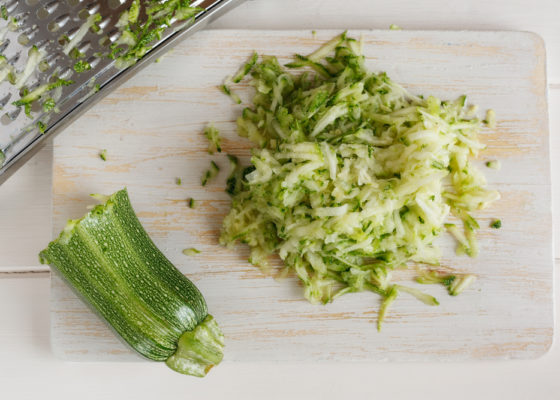
No Comments